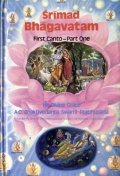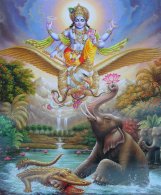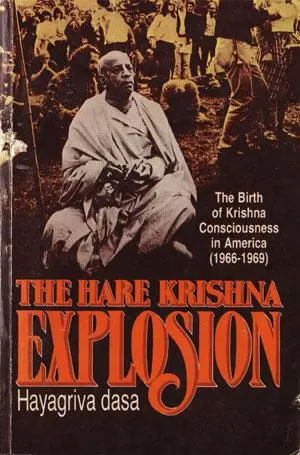The other day as I was doing some research on Srimati Radharani, for her appearance day post, I ran across the following;
…Oṁkāra is a combination of the letters a, u and m. A-kāreṇocyate kṛṣṇaḥ the letter a (a-kāra) refers to Kṛṣṇa, who is sarva-lokaika-nāyakaḥ, the master of all living entities and planets, material and spiritual. Nāyaka means “leader.” He is the supreme leader (nityo nityānāṁ cetanaś cetanānām (Kaṭha Upaniṣad 2.2.13)). The letter u (u-kāra) indicates Śrīmatī Rādhārāṇī, the pleasure potency of Kṛṣṇa, and m (ma-kāra) indicates the living entities (jīvas). Thus oṁ is the complete combination of Kṛṣṇa, His potency and His eternal servitors. In other words, oṁkāra represents Kṛṣṇa, His name, fame, pastimes, entourage, expansions, devotees, potencies and everything else pertaining to Him. As Caitanya Mahāprabhu states in the present verse of Śrī Caitanya-caritāmṛta, sarva-viśva-dhāma: oṁkāra is the resting place of everything, just as Kṛṣṇa is the resting place of everything (brahmaṇo hi pratiṣṭhāham) (CC Adi 7.128, Purport)
















